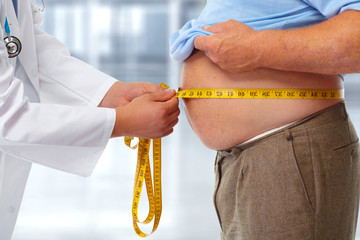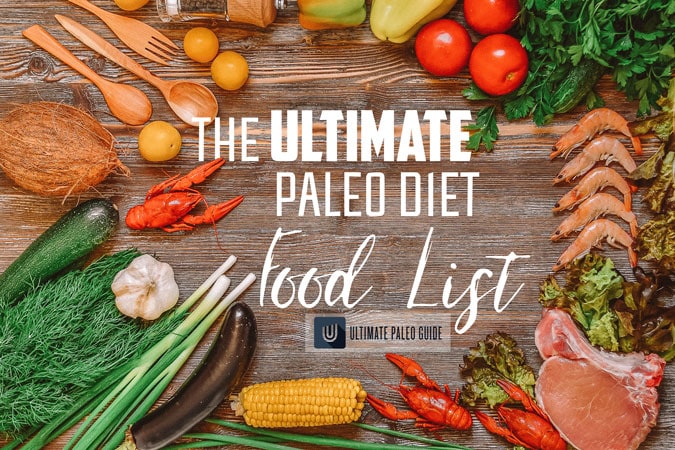
The key to achieving your athletic goals is choosing the right sport nutrition plan. You need to eat a balanced diet and not consume too many calories or too much protein. It's common to assume that carbohydrates are essential for athletes, but they're the most important component of a balanced diet. A healthy balance of carbohydrates, protein, and fats will fuel you and help you reach your goals.
For athletes to be able to digest food and avoid gastrointestinal upsets, they should eat at least three hours before competing or exercising. A healthy diet should include plenty of carbohydrate, protein, and fat. It is important to limit intake of junk food and starchy vegetables. Balanced nutrition is key to ensuring you eat lean meats and fruits, vegetables, whole grains, and other healthy foods. These foods are rich in vitamins and minerals but they don't provide a lot of calories.

Before an event, carbohydrates are the most important food that an athlete needs to eat. They're the main source of energy, and foods rich in carbohydrates include milk, bread, cereal, grains, and fruit and vegetables. The best way to consume carbohydrates is to eat them in small amounts, and avoid high-fat or high-protein meals. To get the best results, consume a high-carbohydrate meal at least two hours before an event.
A balanced diet rich with complex carbohydrates and healthy oils is essential for athletes. A balanced diet should consist of between 45 and 66% carbohydrates, 25% to 35% fat, 10% to 30% proteins, and 25% to 30% to 30% calories. A good habit to follow is to drink lots of water before, throughout, and after sports. It is important to eat the right foods and at the right times in order to maximize performance and avoid muscle damage and oxidative stress. Athletes should eat a healthy diet and take supplements to aid in recovery.
Balanced carbohydrates and fats are the best diet for athletes. After digestion, carbohydrates are reduced into glucose, which the body's primary fuel source. It is converted into glycogen. This type of fat is stored in muscle tissue, and is essential for an athlete's training. The best way to boost glycogen stores is to eat carbohydrates and fatty food before and after the event.

Athletes must also consume adequate water. For optimal health, athletes need to be well hydrated. To sustain its activities, the body requires a steady supply of fluids as well as sodium. This is the best method to prevent muscle cramps and increase performance. Athletes need to ensure that their diet is balanced with their training. This is particularly difficult for endurance athletes. Additionally, it can cause headaches or cramps.
FAQ
What is the best work out for men aged 40+?
For older men, the best workout usually gives them more energy and improves their stamina.
It is important that you note that people over 40 experience a decrease in testosterone levels, which results in lower sex drive.
But, that doesn't mean you can't enjoy some physical activity. Studies have shown that some men can get more testosterone from regular aerobic exercise.
An aerobics routine is a great way to increase your sexual performance.
How many times a week should I exercise?
It all depends upon how much time you have and what type or exercise you prefer. It's a good idea to do moderate-intensity aerobic exercises 3 - 5 times per week. It's important that you don't overdo it. Consistent exercise is essential to achieving maximum benefit from your workouts.
Which exercises are best for me?
It all depends upon your fitness goals. Some people concentrate on endurance activities such running, cycling, swimming. Others like lifting weights or using resistance band. There are many options for exercise today. Find the best option for you.
Is it true to say that protein overeating can lead to kidney stones?
Protein is essential for healthy bones and tissue. Over-consuming protein can result in calcium being excreted through the kidneys. This can cause kidney stones.
It's important to note that not everyone gets kidney stones after eating more than 2 grams of protein per kilogram (2.2 pounds) of body weight. It is possible to eat high levels of protein without developing kidney stones.
Your sodium intake can prevent kidney stone formation. The kidneys regulate the amount of sodium they consume. Too much sodium can lead to kidney stones.
If you have kidney stone, you might also consider reducing your protein intake. For most people, protein provides half their daily caloric requirements. It is possible to lose weight by cutting down on your intake of proteins.
If you do decide to eat more protein, don't go overboard. Limit your intake to 20% of your total daily protein intake.
Do I have to exercise while drinking alcohol?
Yes. Alcohol can increase energy expenditure, speed up healing time, and reduce soreness.
Alcohol also increases insulin sensitivity, making it easier to absorb glucose.
However, alcohol can cause dehydration, which can slow down your metabolism. Also, alcohol can reduce testosterone production, which may lead to lower muscle-building potential.
These are the reasons women should not drink alcohol before going to work out. Women who drink heavily should wait at LEAST 24 hours before they start working out.
Women who are nursing should avoid alcohol as much as possible.
Men should limit their alcohol intake to just one drink each day.
Statistics
- Are You One of the 20% of Guys (mh.co.za)
- By John Thompson Take a whopping 38% off a set of PowerBlock Pros. (menshealth.com)
- 10 pounds in a month is likely during a lean bulking phase, especially for beginners. (muscleandstrength.com)
- Get free shipping and 25% off today. (healthline.com)
- The PRS enabled risk stratification for overall prostate cancer and lethal disease with a four-fold difference between men in the highest and lowest quartiles (HR, 4.32; 95% confidence interval [CI], 3.16-5.89). (pubmed.ncbi.nlm.nih.gov)
External Links
How To
How can a man lose weight in just 30 days.
Breaking down fitness goals into manageable steps will help you reach your fitness goals.
Each day you need to be working towards your goal. This could mean anything from doing 10 pushups for 5 minutes to running 3km.
If you do this consistently over time, you will see positive results.
The key thing here is consistency. You must persevere until your success is achieved.
What is the difference in Aerobic Fitness and Anaerobic Fitness
Anaerobic fitness refers the body's ability to do intense physical work while lacking oxygen. Anaerobic pathways are used when there is intense exercise to provide sufficient energy. Anaerobic pathways are glycolysis, creatinephosphate and the phosphagen.
In contrast, aerobic fitness refers to sustaining continuous low-intensity exercise. The primary source of energy for aerobic exercise is oxygen. In other terms, the aerobic pathway has more energy that the anaerobic.
You must build your aerobic capacity before you can run a marathon. If you don't focus on increasing your aerobic capacity, you will not be able finish the race.
Aerobic fitness is also referred to as cardiovascular fitness. The two most commonly used methods of measuring cardiovascular fitness, are VO2 Max testing and step tests.
VO2 Max Testing
VO2 max refers to the maximum amount of oxygen (O2) used by the body during exercise. This test measures the amount O2 that the body can use when exercising.
This test is the best to determine your cardiovascular fitness. This test requires expensive equipment, and highly qualified professionals to administer.
Step Tests
Step tests are simple yet effective methods of measuring cardiovascular fitness. These are based on your weight and age, they require you to run or walk on a track.
These tests cost little, are quick and simple to do, and can be carried out almost anywhere. For instance, you can walk on a treadmill for 2 minutes, rest for 1 minute, repeat this process for 20 minutes, and then stop. Throughout the entire session, your heartbeat should stay within a set range.
This is the "Bruce Protocol". Bruce, a runner, developed this protocol after realizing that his heart rate did not rise when he ran longer distances.